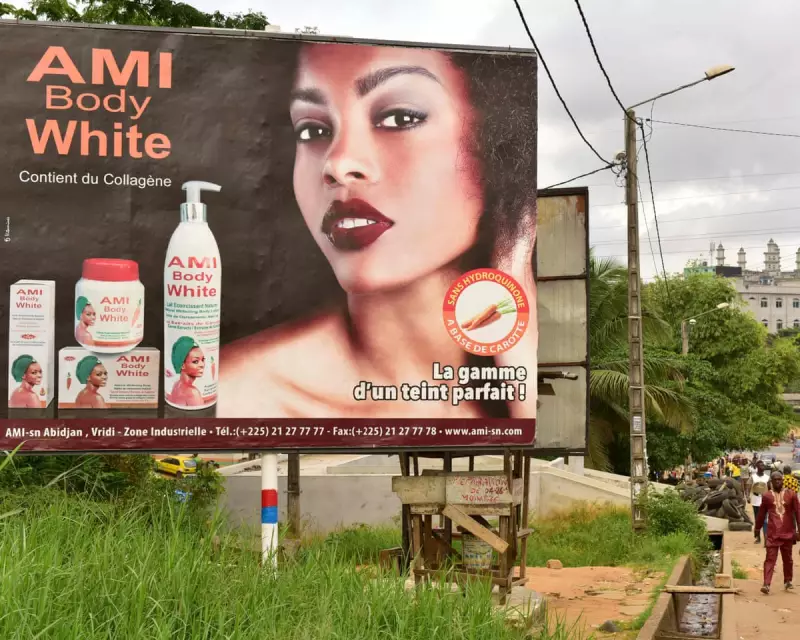
The beauty industry, often celebrated for its glamour and innovation, hides a darker legacy rooted in colonialism. A recent investigation reveals how centuries-old prejudices continue to shape toxic beauty standards, disproportionately affecting women of colour.
The Weight of History
From skin-lightening creams to Eurocentric features being marketed as 'ideal', the beauty sector still reflects colonial-era hierarchies. These outdated notions aren't just relics - they're actively promoted through modern advertising and product development.
Global Reach, Local Damage
The report highlights several concerning trends:
- Over 60% of beauty products in some Asian and African markets contain skin-lightening agents
- Major Western brands continue to offer limited shade ranges for darker skin tones
- Traditional beauty practices from colonised nations are often appropriated without credit
The Profit Behind Prejudice
This isn't just about aesthetics - it's big business. The global skin-lightening industry alone is projected to reach £10 billion by 2027. Meanwhile, communities worldwide grapple with the psychological and physical health consequences of these unrealistic standards.
A Path Forward
Activists and progressive brands are pushing for change:
- Increased representation in product development teams
- Celebration of diverse beauty standards
- Transparency about harmful ingredients
- Education campaigns about the origins of beauty norms
As consumers become more aware of these issues, the industry faces growing pressure to address its colonial baggage and create genuinely inclusive standards.





